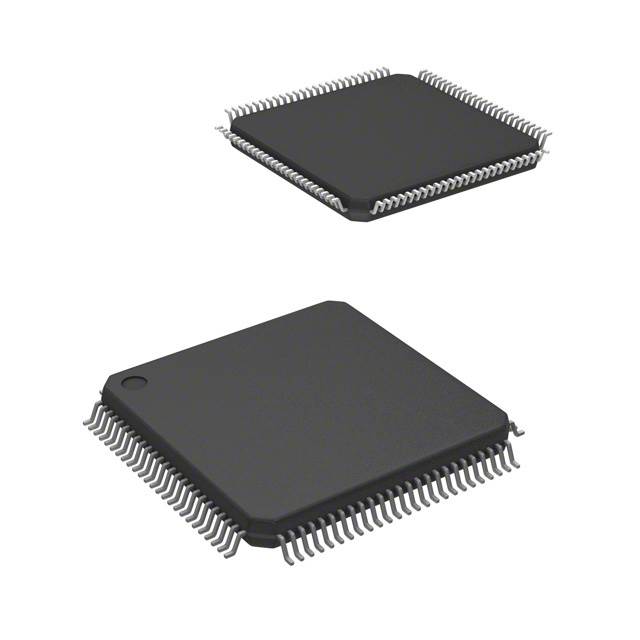

Texas Instruments
TM4C123BH6PZI7
Microcontrollers




.png?x-oss-process=image/format,webp/resize,p_30)


TM4C123BH6PZI7 Description
The TM4C123BH6PZI7 is a microcontroller unit (MCU) manufactured by Texas Instruments (TI). It belongs to the Tiva C series of ARM Cortex-M4F MCUs, which are designed for a wide range of applications, including industrial control, medical equipment, and consumer electronics.
Description:
The TM4C123BH6PZI7 is a high-performance MCU based on the 32-bit ARM Cortex-M4F processor with a floating-point unit (FPU). It operates at a maximum frequency of 120 MHz and includes a variety of integrated peripherals and features that make it suitable for a wide range of applications.
Features:
- Processor: 32-bit ARM Cortex-M4F CPU with FPU, running at up to 120 MHz.
- Memory: 256 KB of on-chip SRAM, 512 KB of flash memory, and 40 KB of EEPROM.
- Connectivity: USB 2.0 high-speed device/interface, Ethernet, and UART interfaces.
- Analog-to-Digital Converter (ADC): 12-bit with up to 32 channels.
- Digital-to-Analog Converter (DAC): 12-bit with 2 channels.
- Timers: Multiple general-purpose timers, including PWM generators.
- Communication interfaces: I2C, SPI, and CAN.
- Security: Secure boot, AES-256 encryption, and true random number generator.
- Power management: Low-power modes, including sleep and standby modes.
- Package: 100-pin LQFP (PZI7 package).
Applications:
- Industrial control systems: Motor control, sensor interfacing, and process automation.
- Medical equipment: Patient monitoring, diagnostic devices, and portable medical instruments.
- Consumer electronics: Smart home devices, portable gadgets, and multimedia applications.
- Automotive: In-vehicle infotainment systems, body control modules, and engine control units.
- Communication systems: Networking devices, routers, and modems.
- Human-Machine Interface (HMI): Touchscreen displays, control panels, and interactive kiosks.
- Battery-powered devices: Portable instruments, wearables, and wireless sensor networks.
The TM4C123BH6PZI7's combination of processing power, memory, and integrated peripherals makes it a versatile choice for a wide range of embedded applications. Its low-power features and security options also make it suitable for battery-powered and sensitive applications.
Tech Specifications
TM4C123BH6PZI7 Documents
Download datasheets and manufacturer documentation for TM4C123BH6PZI7
 ARM Core Errata
ARM Core Errata  Mult Devices 23/Feb/2018
Mult Devices 23/Feb/2018  TM4C123BH6PZ
TM4C123BH6PZ  New Tray 08/Jun/2020
New Tray 08/Jun/2020 Shopping Guide



















.png?x-oss-process=image/format,webp/resize,h_32)










